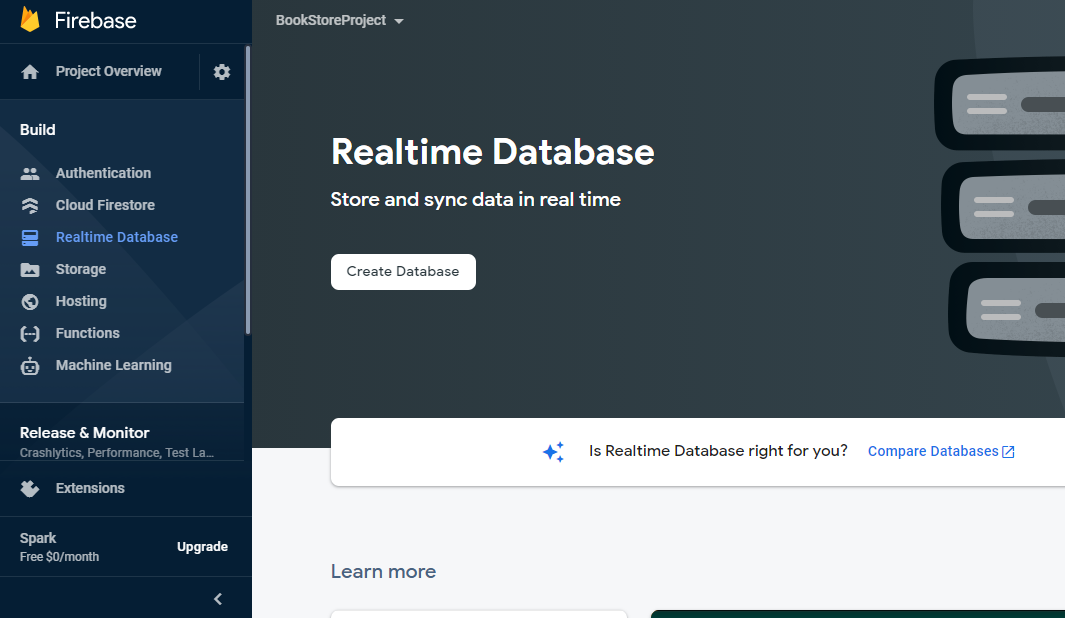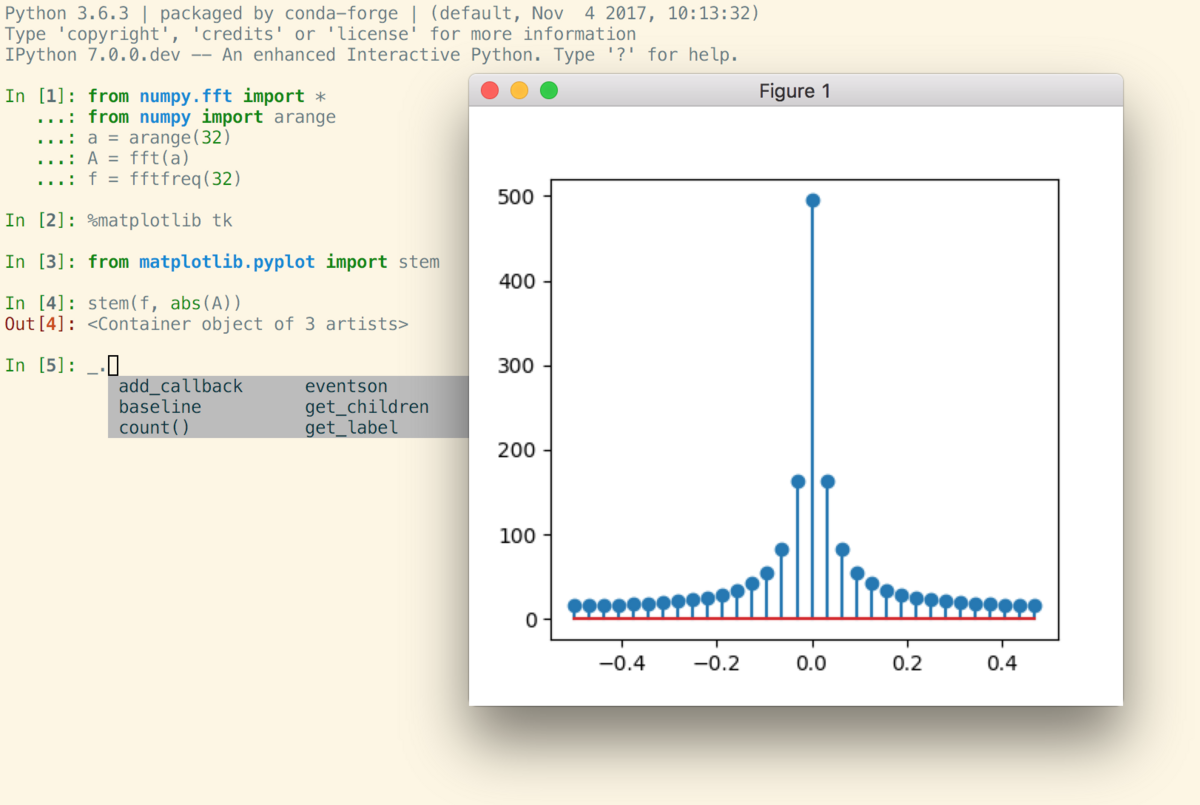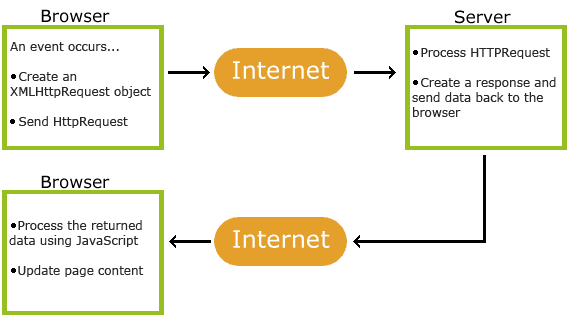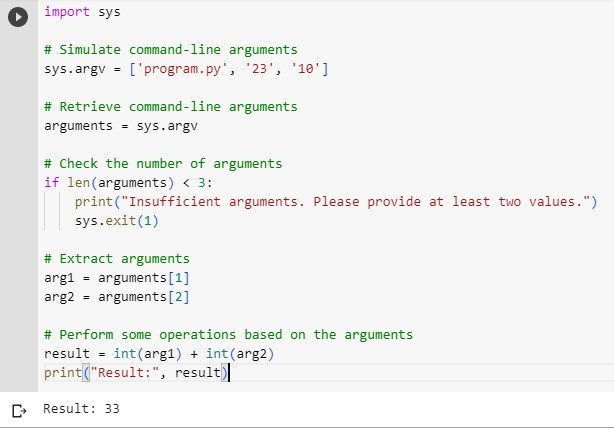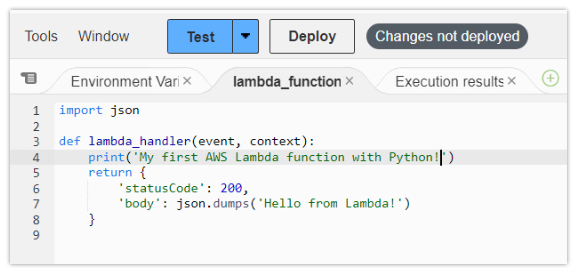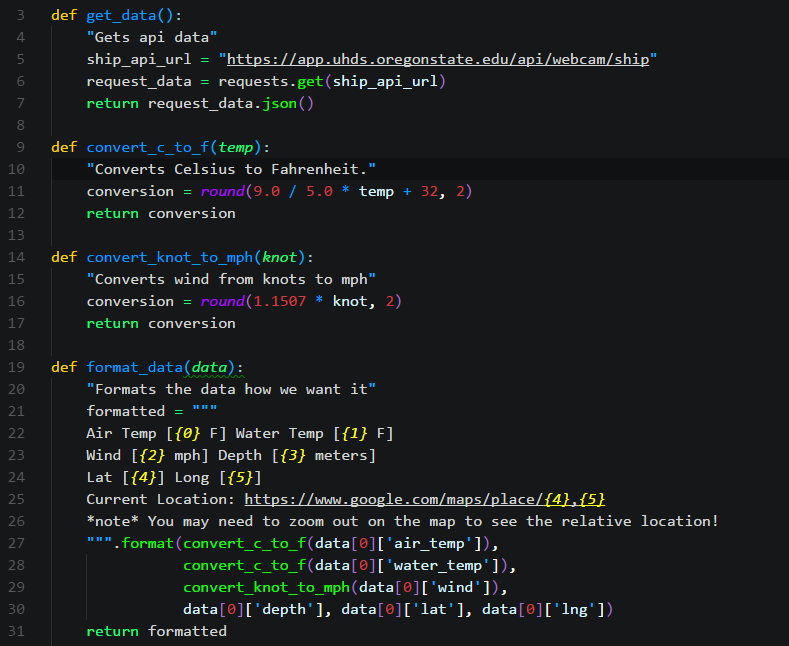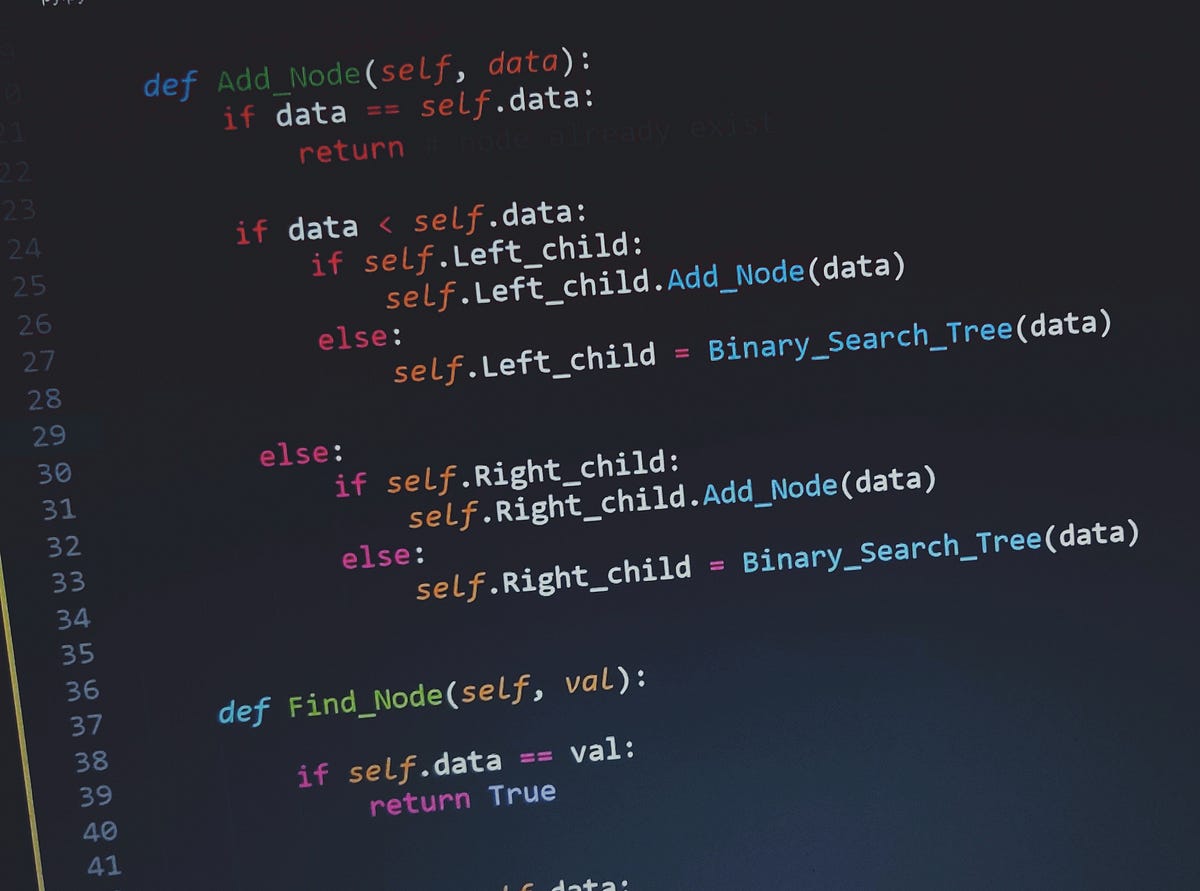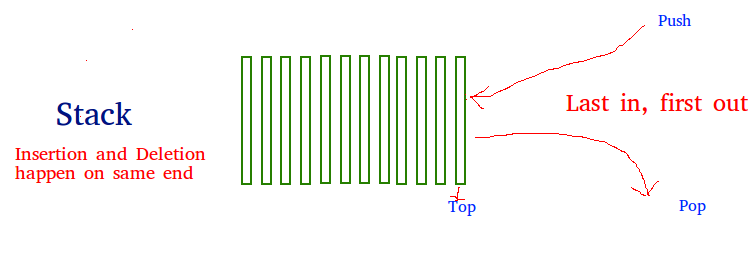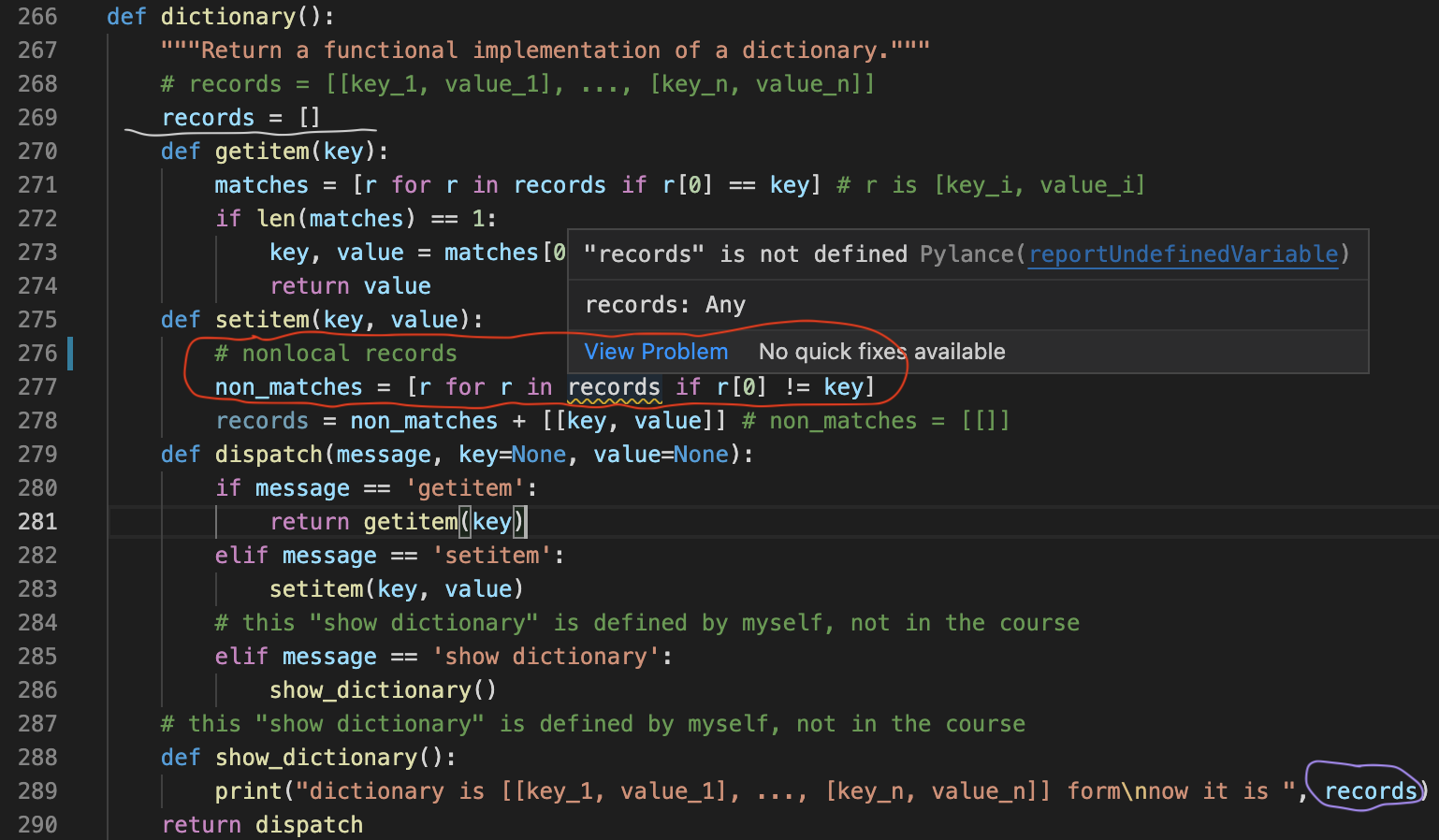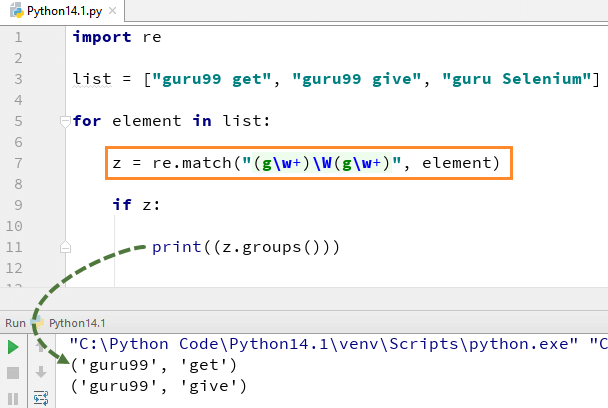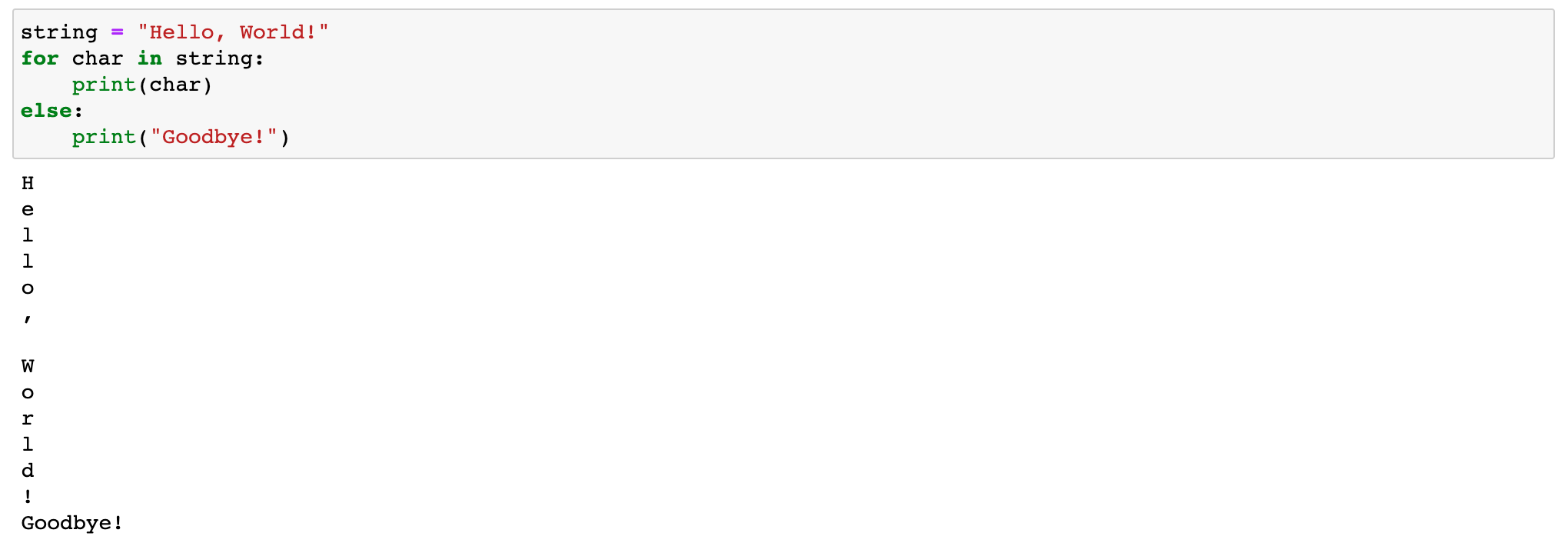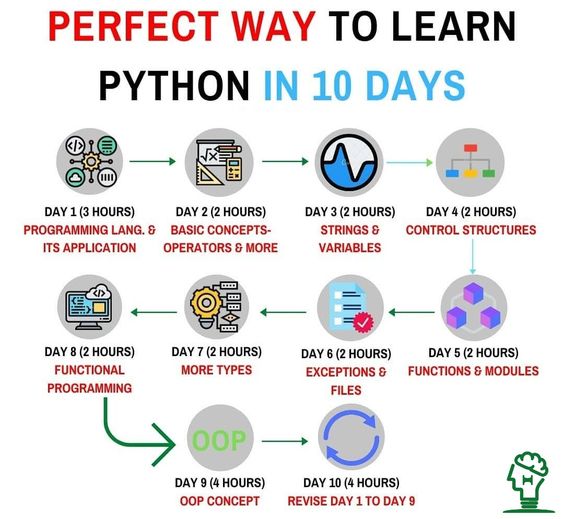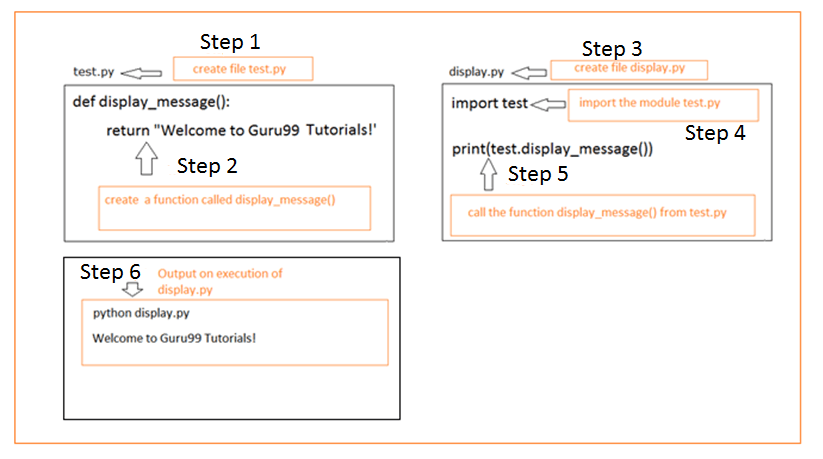Python class object
Python class object
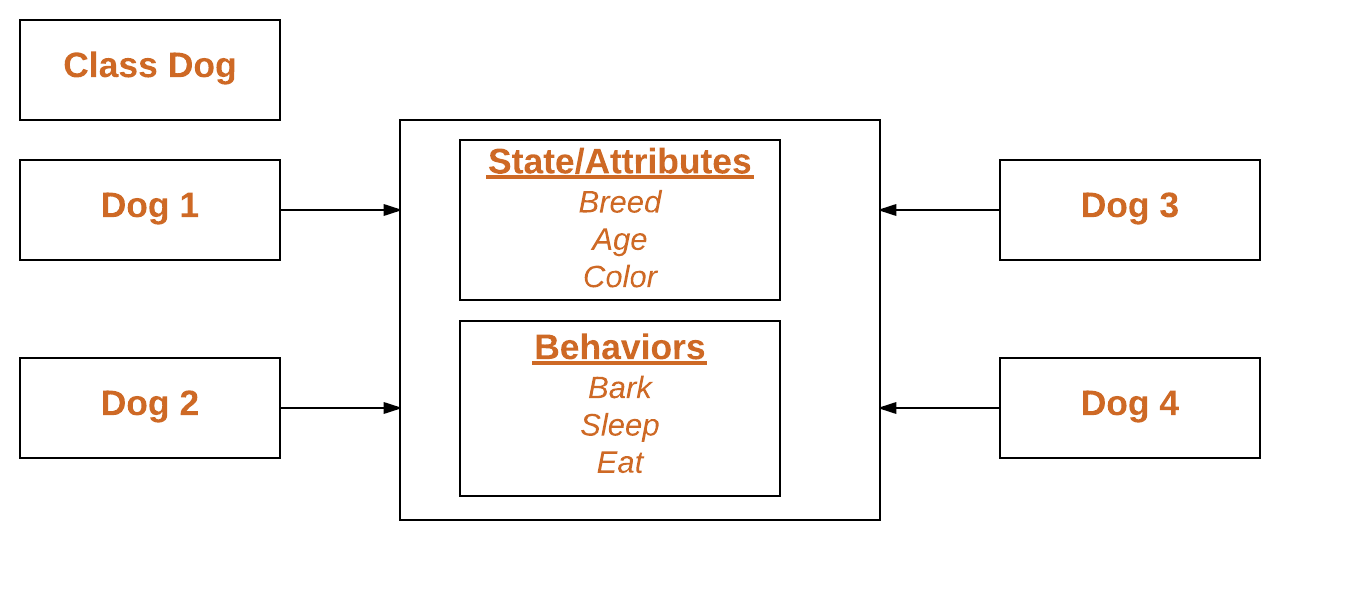
I'm happy to respond in English and provide a detailed explanation of Python classes.
In Python, a class is a blueprint for creating objects. A class defines the properties and behaviors of an object, which are instances of the class. A class can be thought of as a template or a prototype that defines how an object should behave and what properties it should have.
A class is defined using the class keyword followed by the name of the class. For example:
class Dog:
def init(self, name):
self.name = name
def bark(self):
print("Woof!")
In this example, we define a Dog class with two methods: an __init__ method (which is called when an object of the class is created) and a bark method. The __init__ method sets the name attribute of the dog to the value passed in as an argument. The bark method simply prints "Woof!" to the console.
To create an object from this class, we use the () operator on the class name. For example:
my_dog = Dog("Fido")
This creates a new dog with the name "Fido". We can then call methods on the object using dot notation:
my_dog.bark() # Output: Woof!
print(my_dog.name) # Output: Fido
One of the key benefits of classes in Python is that they allow us to encapsulate data and behavior within a single unit. This makes it easier to organize our code and reuse it in different parts of our program.
In addition, Python's syntax for defining classes is very flexible and concise. We can add methods and attributes to our class using simple syntax, such as the def statement to define methods, or simply assigning values to attributes:
class Person:
def init(self):
self.name = "John"
self.age = 30
def introduce(self):
print(f"Hello, my name is {self.name} and I am {self.age} years old.")
person = Person()
person.introduce() # Output: Hello, my name is John and I am 30 years old.
In this example, we define a Person class with an __init__ method that sets the name and age attributes. We also define a introduce method that prints out a greeting message.
Finally, Python's support for inheritance allows us to create new classes that build upon existing ones:
class Animal:
def init(self):
self.name = "unknown"
def make_sound(self):
print("Generic animal sound")
class Dog(Animal):
def init(self):
super().init()
self.name = "Fido"
def make_sound(self):
print("Woof!")
my_dog = Dog()
print(my_dog.name) # Output: Fido
my_dog.make_sound() # Output: Woof!
In this example, we define a Dog class that inherits from the Animal class. We can then override methods and add new ones as needed.
I hope this gives you a good introduction to Python classes! Let me know if you have any questions or need further clarification.
Python class methods cheat sheet

I'd be happy to provide a cheat sheet for Python class methods!
What are Class Methods?
In Python, a class method is a static method that belongs to a class rather than an instance of the class. It's a way to associate functionality with a class, making it possible to perform certain actions without creating an object (instance) of the class.
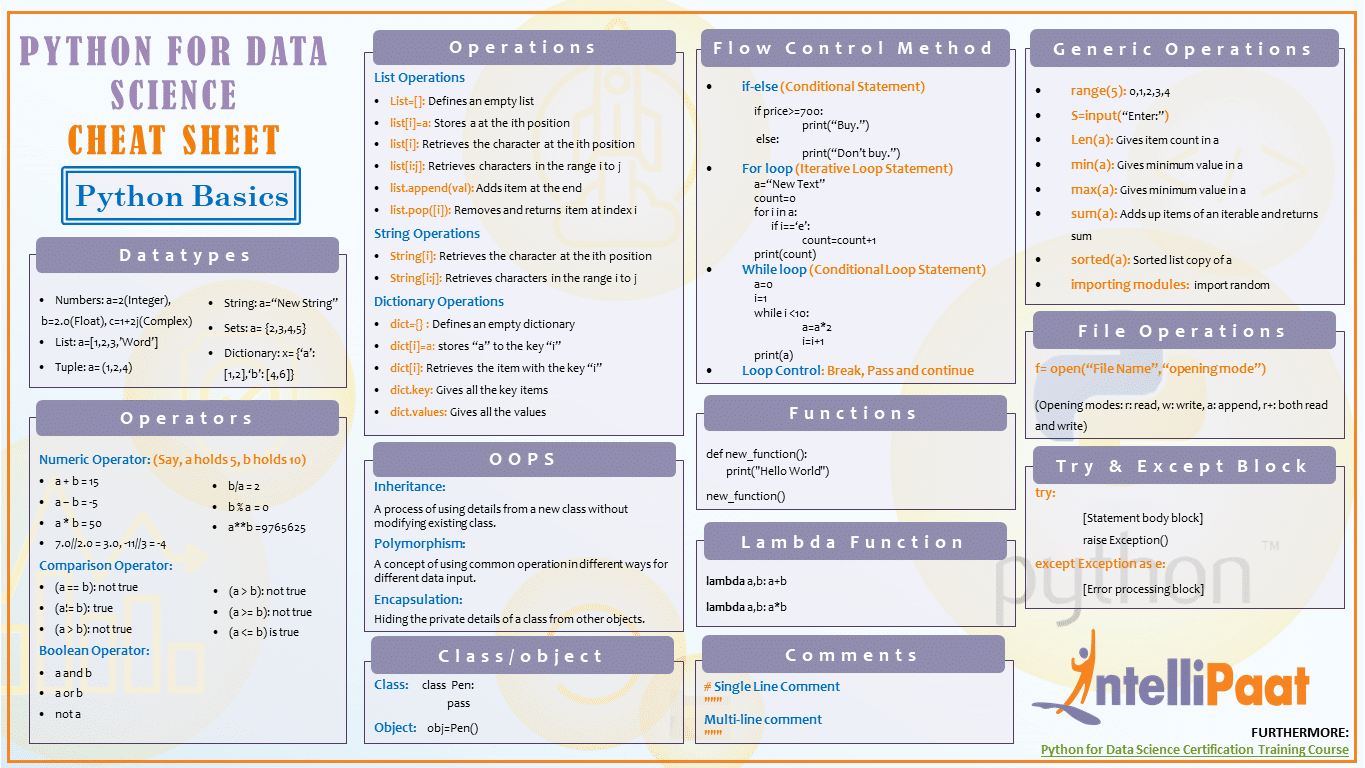
Key Features:
Static: A class method is not bound to any particular instance of the class. Shared: Class methods can be shared among instances of the same class. No Self: Since a class method is static, it does not have access to theself parameter.
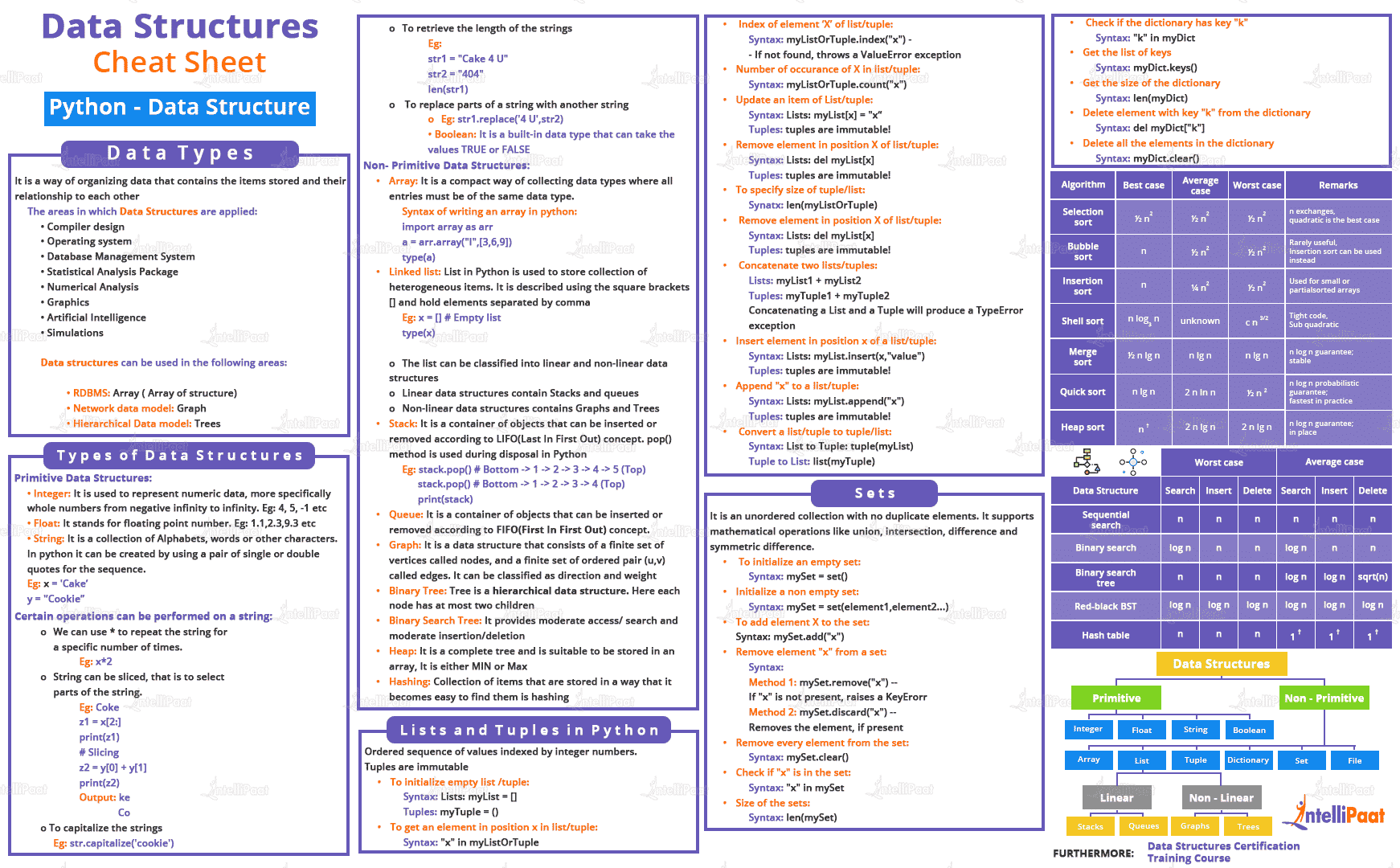
Types of Class Methods:
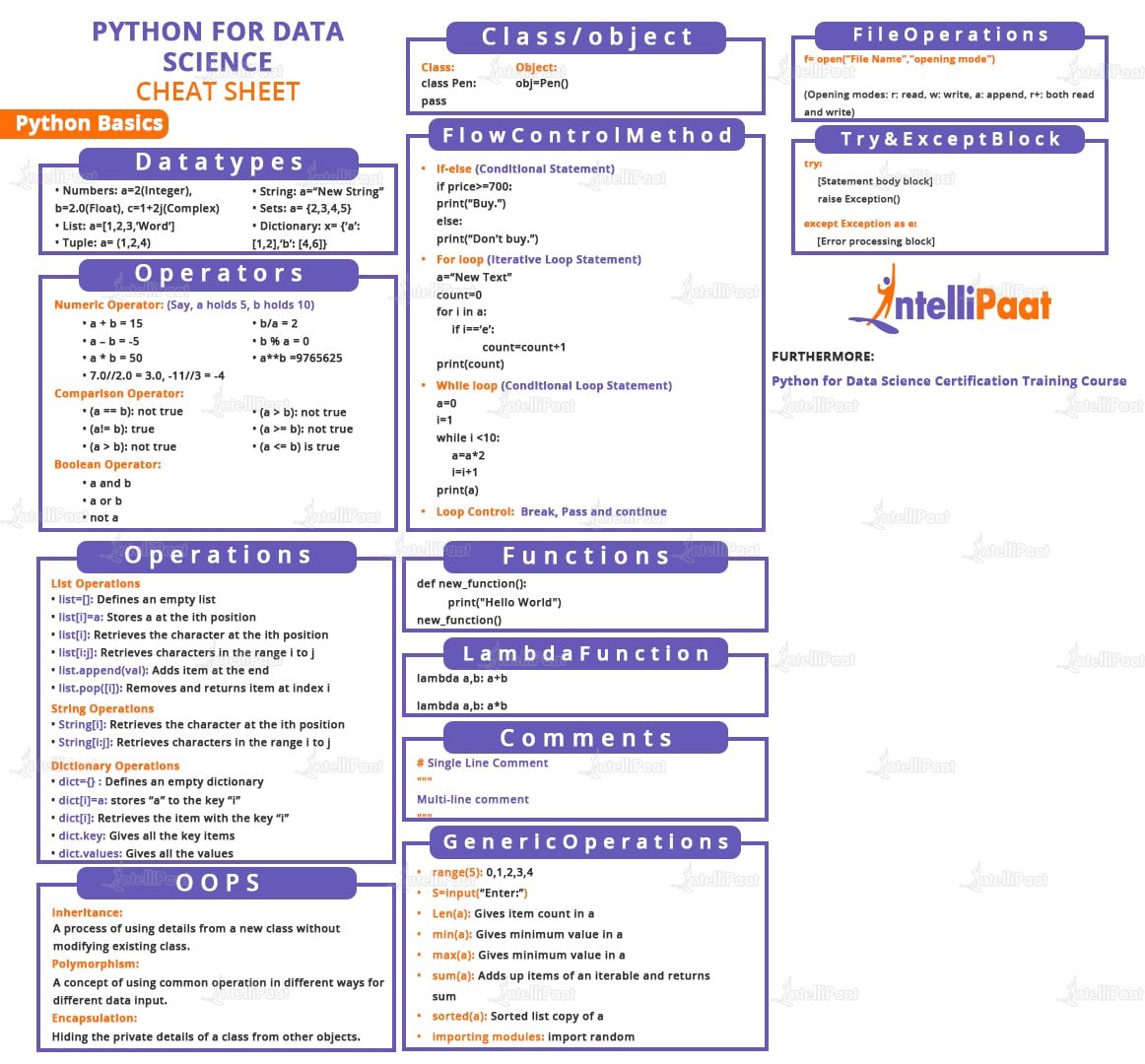
self) and can be called without creating an instance of the class.
Benefits:
Utility Functions: Class methods are useful for implementing utility functions, such as data processing or file operations, which don't require instance-specific information. Factories: They can serve as factories, generating instances of the class programmatically. Alternative Constructors: Class methods can be used to implement alternative constructors or initialization routines.Cheat Sheet:
Here are some examples and best practices for using class methods in Python:
class MyClass:
@classmethod
def my_class_method(cls):
This is a regular class method
print("This is a class method")
@staticmethod
def my_static_method():
This is a static method (no self)
print("This is a static method")
Key Takeaways:
Use@classmethod decorator: To define a class method, use the @classmethod decorator. No self parameter: Class methods don't require a self parameter, as they're not bound to any particular instance. Shared among instances: Class methods can be shared among instances of the same class.
Best Practices:
Use descriptive method names: Name your class methods descriptively to reflect their purpose. Avoid side effects: Minimize side effects and ensure that class methods don't alter instance-specific state. Test thoroughly: Thoroughly test your class methods to ensure they behave as expected.By following these guidelines, you'll be well on your way to mastering the use of class methods in Python!

